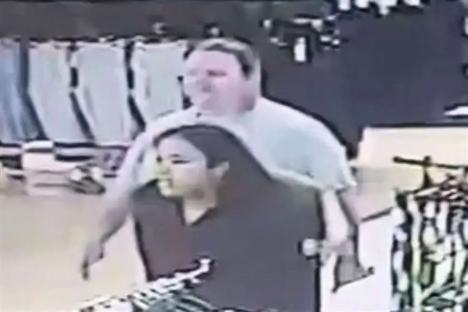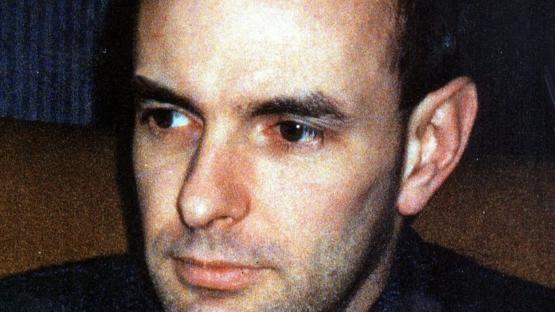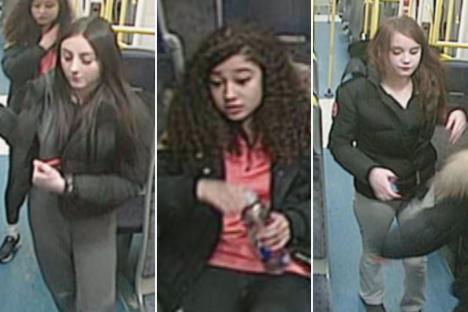Despite voting in favour of removing and relocating the John A. Macdonald statue from Regina’s Victoria Park, some city councillors recommended more public discussion prior to a decision.
Ward 2 councillor Bod Hawkins and Ward 4 councillor Lori Bresciani were the two who made a real push for further community feedback.
One historian Global News spoke with said the decision comes as part of a growing conversation across Canada about rethinking the use of commemoration in public spaces.
Read more: Regina council votes in favour to remove John A. Macdonald from Victoria Park
“Often, people will throw up the consultation as a way of dragging their feet,”; said Sean Carleton, assistant professor in the department of history and Native studies at the University of Manitoba.
“If you think about the argument that Canadians don't understand the impact and truth of residential schooling, then the idea of consulting with ignorant public guarantees that you're going to get a particular result.”;
Hawkins brought forward an amendment to the main motion to put the statue into storage while coming up with a plan to relocate it within the year.
“The consultation process, while it included some groups, was limited,”; Hawkins said during Wednesday's council meeting.
Read more: City of Regina report recommends removing John A. Macdonald statue from Victoria Park
“The (city) report had no broad-based consultation of the public in our community. We have a duty to consult fully and inclusively.”
Hawkins' proposed amendment was voted down.
Bresciani requested a referral and to hold off voting on the main motion to gain more public feedback on the future of the statue.
“I still believe that public engagement was not done properly,”; Bresciani said Wednesday
Read more: ‘Harmful legacy' of Regina John A. Macdonald statue under review
“I still feel that we have done error in this. We've only gone to a select few that I think was limited. I think part of reconciliation is that dialogue with the open community.”;
In June, the City of Regina began consultation with elders and community members, including artists and cultural groups, on how best to proceed.
“I think the community has spoken in a number of ways to say that they wanted a review of this as a harmful legacy. (City) administration has done that,”; said Chris Holden, Regina city manager during Wednesday's council meeting.
“The whole story around contextualizing and making sure that in the spirit of reconciliation and education, we're doing that with all members of the community, with input from all members of the community.”;
Read more: ‘Harmful legacy' of Regina John A. Macdonald statue under review
Carleton says the question comes down to whether or not it’s appropriate to celebrate figures who were involved in a genocidal school system.
“Commemoration and history are different. Whether [or not] you no longer have a statue in Victoria Park, [Macdonald] doesn't get erased from history. We don't stop teaching about his complicated legacy,”; Carleton said.
“The things he contributed to the development of Canada doesn't disappear.”;
The statue has recently become a contentious issue, given Macdonald's role in establishing colonial systems that oppressed Indigenous peoples across the country.
Statues in other communities have been subject to vandalism and protest, and many have been removed.






